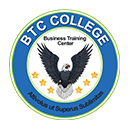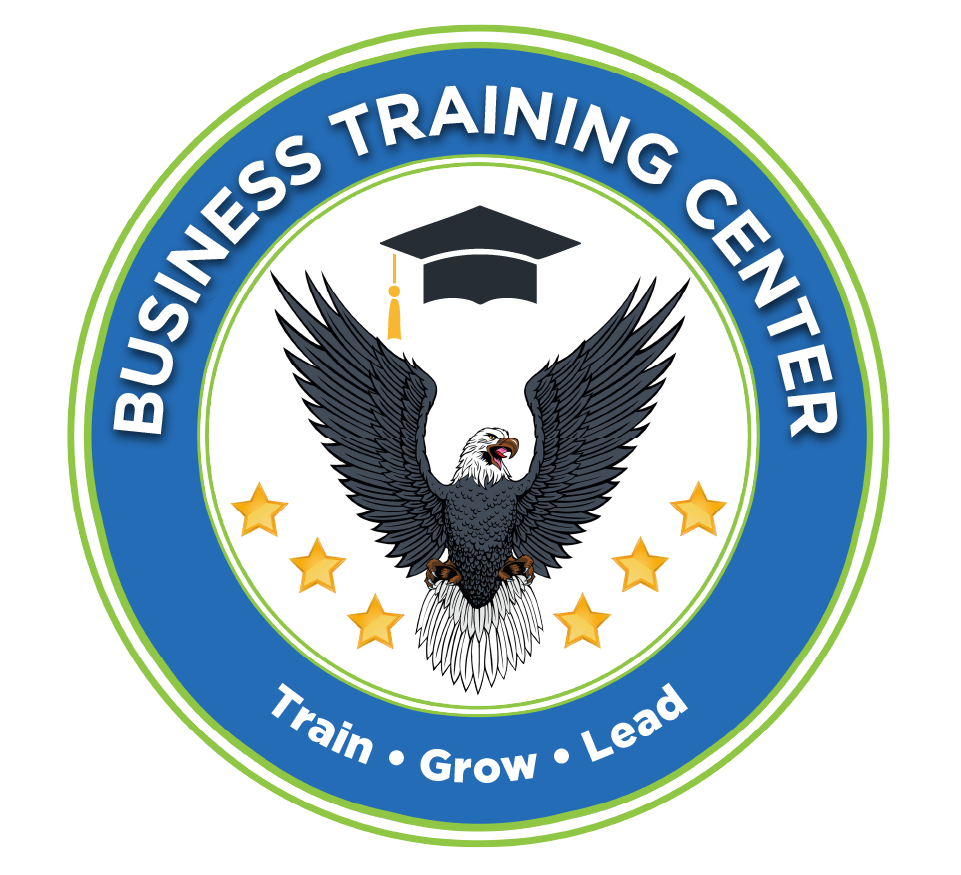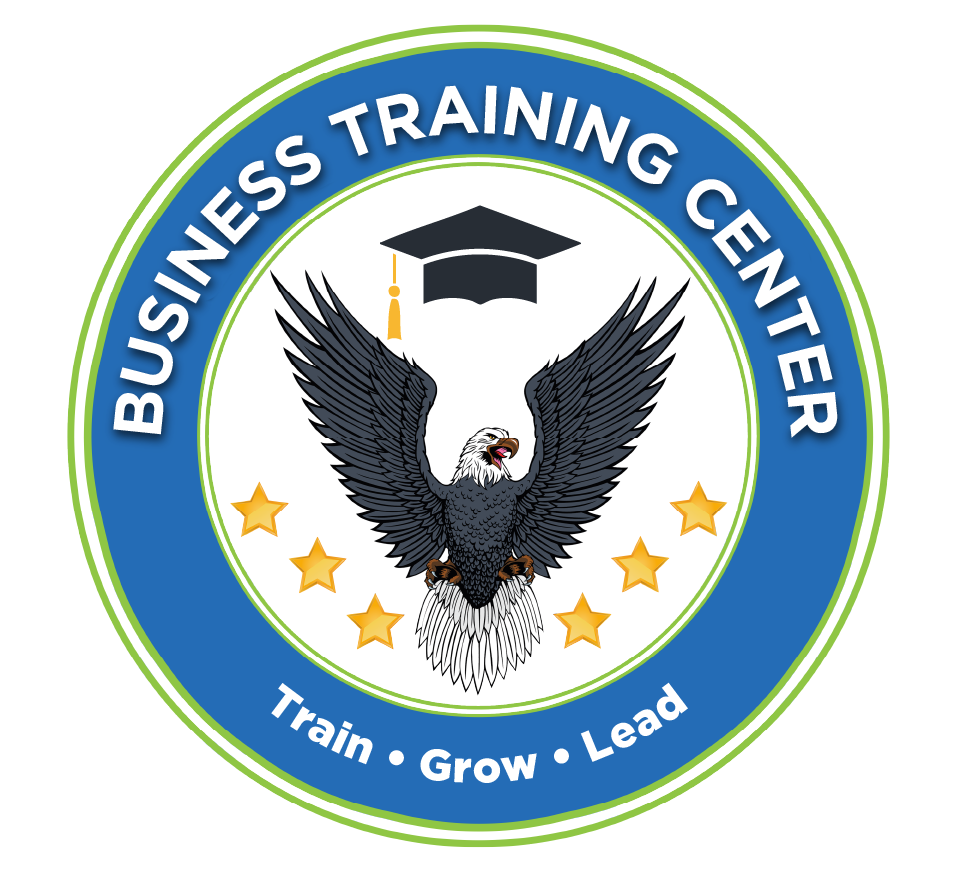QuickBooks is an accounting software package developed and marketed by Intuit. QuickBooks products are geared mainly toward small and medium-sized businesses and offer on-premises accounting applications as well as cloud-based versions that accept business payments, manage and pay bills, and payroll functions.
Intuit QuickBooks is corporate accounting software that makes both Accounts Payable and Accounts Receivable extremely manageable for small businesses. In addition to simplifying the accounting process, it is also a great way to pull reports and keep track of company finances all in one place. I use QuickBooks Pro 2014, which is easily broken down into Customers and Vendors, so that all transactions are readily accessible. Furthermore, it is a very easy way to format and create Invoices, especially with the feature to copy invoices, which makes monthly payment schedules extremely simple and saves time. Overall, QuickBooks is easy to understand so there is no extensive training required for new employees.
There are two versions, the desktop and online. I use the desktop version, however there is also an online option with a monthly subscription fee rather than a onetime software package fee. With the online version, you can install apps to automatically sync PayPal, Square and other accounts. Depending on your business, it may be useful to research the various QuickBooks options and determine which one will meet your needs most effectively. The online version has become increasingly popular due to the fact that it allows cloud access from anywhere, so many people have been switching to this version for easier remote access.
QuickBooks Course Outline
- List Menu – Adding items, Chart of accounts.
- Customer Center
- Adding customers on the fly
- VAT – Tax, Paying tax
- Sales Receipt, doesn’t affect balances
- Invoices
- Estimates
- Progress Invoicing / Creating Invoices out of estimates
- Receive payments
- Chart of accounts
- Price Level list
- Custom Fields
- Credit Memos/Refunds
- Memorized Transactions
- Editing Transactions
- Creating Statements
- Overpayments
- Vendor Center
- Enter bills, Expense & Items
- Purchases Return / Refunds
- Receive Items & Enter bills – Add items while entering bill
- Receive items
- Enter bills for received items
- Paying sales tax
- Purchase orders – Create bill out of purchase order
- Manually adjusting inventory – income account – sales & Inventory adjustment
- Banking
- Transfer of funds
- Making deposits
- Writing Cheque
- QuickBooks register
- Company
- Journal entries
- Paying bills by journal
- Bad debts – Dr Services / Sales Cr. Accounts Receivables
- Showing how to use payroll expense by check
- Payroll – Online payment & Standing orders – Journal Entry
- Salary deductions – Paye ( income tax ), Social security, Fast cash etc
- Paying Deductions by Check and Journal Entries / online payments / Standing Orders
- Company preferences
- Reports – Balance sheet.
- Exporting reports to excel
- Credit cards – entering charges
- Emailing transactions
- QuickBooks letters – Collection Letters
- Setting up user accounts
- QuickBooks Preferences
- Deleting accounts, Items, Customers etc.
- Credit cards – paying credit cards
- Reconciliation
- Back up
- Restore Back up
Curriculum
- 1 Section
- 1 Lesson
- 12 Weeks
Expand all sectionsCollapse all sections
- QUICKBOOKS Premier1


